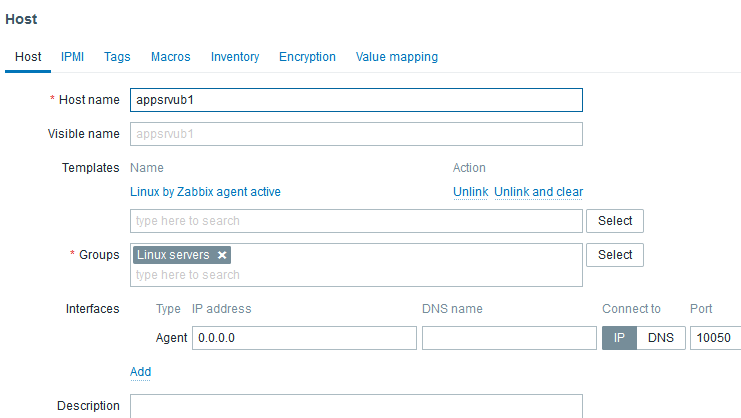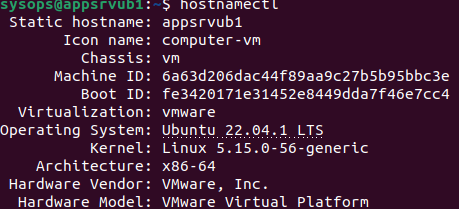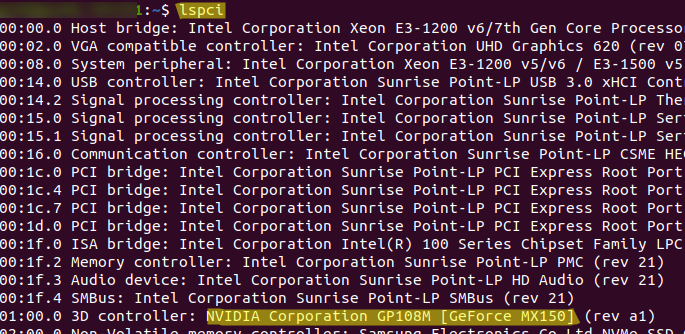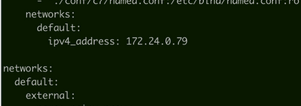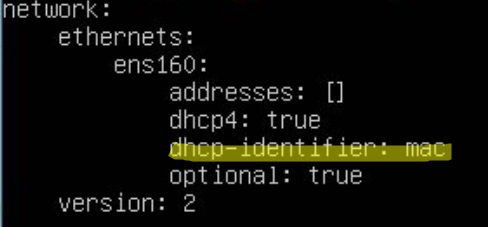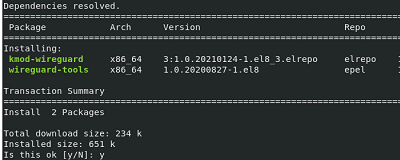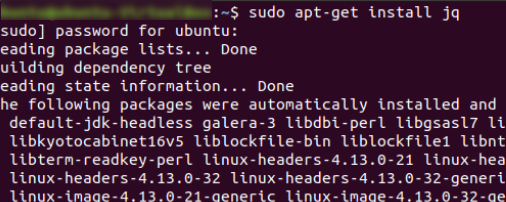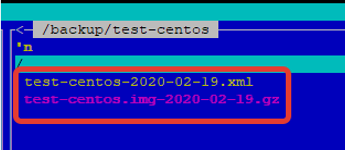In this article, we will look at how to install a Zabbix Agent on Linux, connect it to a Zabbix server, and configure data encryption using PSK.
Category: Linux
I most often use the following command to find out the version of Linux on the host:
# lsb_release –aContinue reading “How to Check Linux OS Version with Command Line?”
In this article, we will show you how to install Nvidia video card drivers on a Debian Linux distro.
Continue reading “How to Install the Nvidia Drivers on Debian?”
When a Docker container starts up, it gets a dynamic IP address by default. In this article, we will show you how to assign a static IP address to a specific Docker container.
If you clone Linux virtual machines on your hypervisor (whether it be VMware ESXi, Hyper-V, or KVM/Proxmox), they will get the same IP address from the DHCP server after powering on, even if the VMs have different MAC addresses.
You can use Wireguard to connect branch office LANs with a site-to-site VPN. In this article, we will set up a site-to-site VPN using Wireguard and configure routing between networks using an rpm-based distro (RHEL/CentOS/Oracle/Rocky Linux).
Continue reading “Configure Site-to-Site VPN with Wireguard”
Some administrators use sed or regular expressions to replace variable values in structured files (JSON or YAML). This doesn’t always give a good result. It is much easier to use the jq or yq tools to process structured files.
Continue reading “How to Replace Variable Value in JSON or YAML File?”
In this article, we will show some options for backing up virtual machines on a KVM hypervisor, as well as recovery scenarios. I would like to note that there are no convenient backup tools for KVM, and every administrator uses their own methods and scripts. There are two backup scenarios in KVM: when a VM is stopped (the easiest one, but rarely used) and without stopping the virtual machine.
In this article, we’ll look at how to create a VPN connection from the Linux terminal console and connect to a remote VPN server from the command line. Consider how to create L2TP, PPTP, OpenVPN, and SSTP VPN connections on Linux.
Continue reading “Create a VPN connection from Linux Terminal”
When trying to connect a copied or moved disk image file (*.VHD/*.VDI) of an Oracle VirtualBox virtual machine, you will receive an error:
VirtualBox - Error
Failed to open the hard disk image file FilePath.vhd.
Cannot register the hard disk FilePath.vhd <GUID> because a hard disk DifferentFilePath.vhd with UUID <GUID> already exists.
Result Code: E_INVALIDARG (0x80070057)
Component: VirtualBoxWrap
Interface:IVirtualBox {GUID}
Callee RC: VBOX_E_OBJECT_NOT_FOUND (0x80BB0001)
Continue reading “VirtualBox: Cannot Register the Hard Disk Already Exists”

